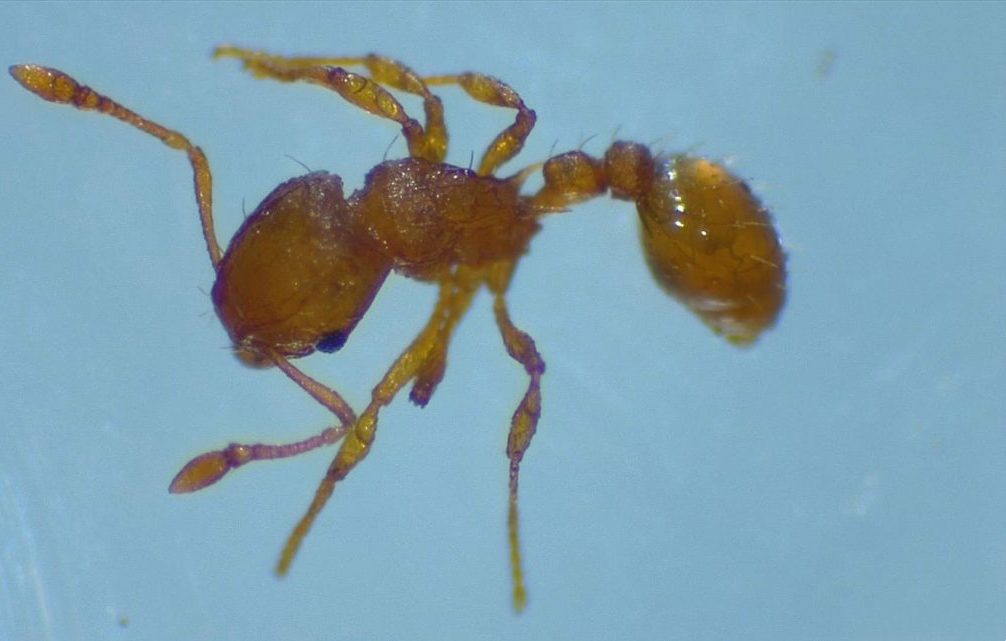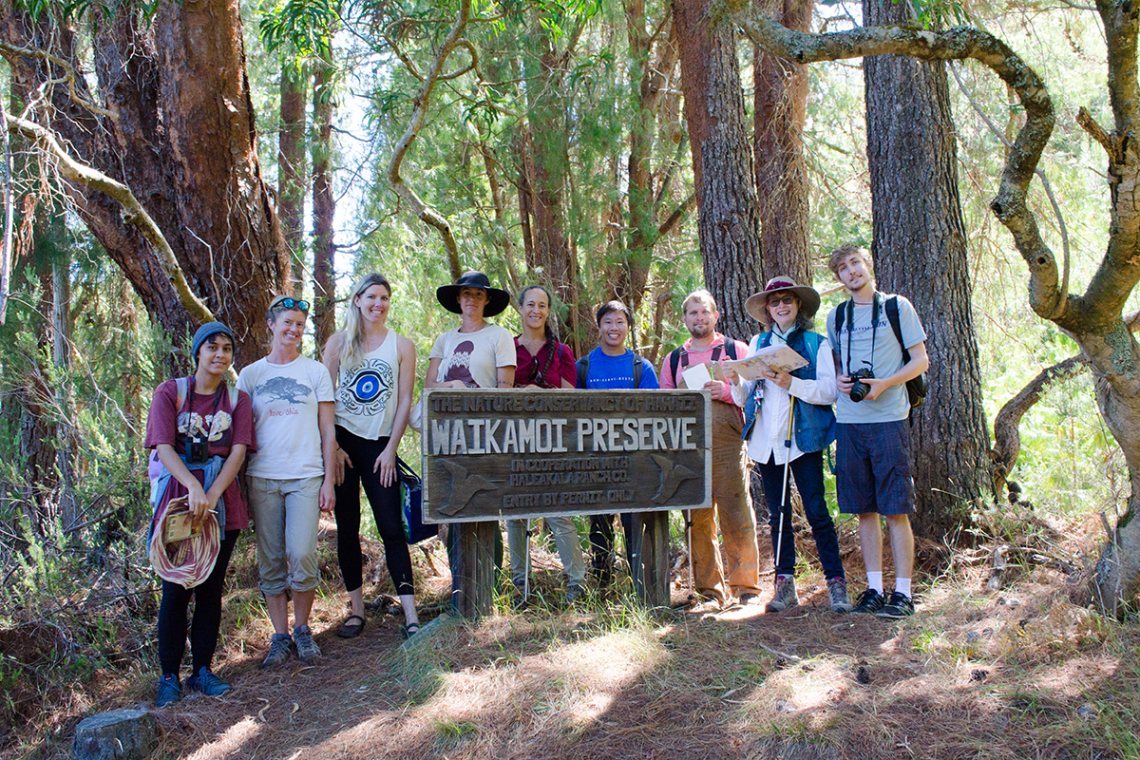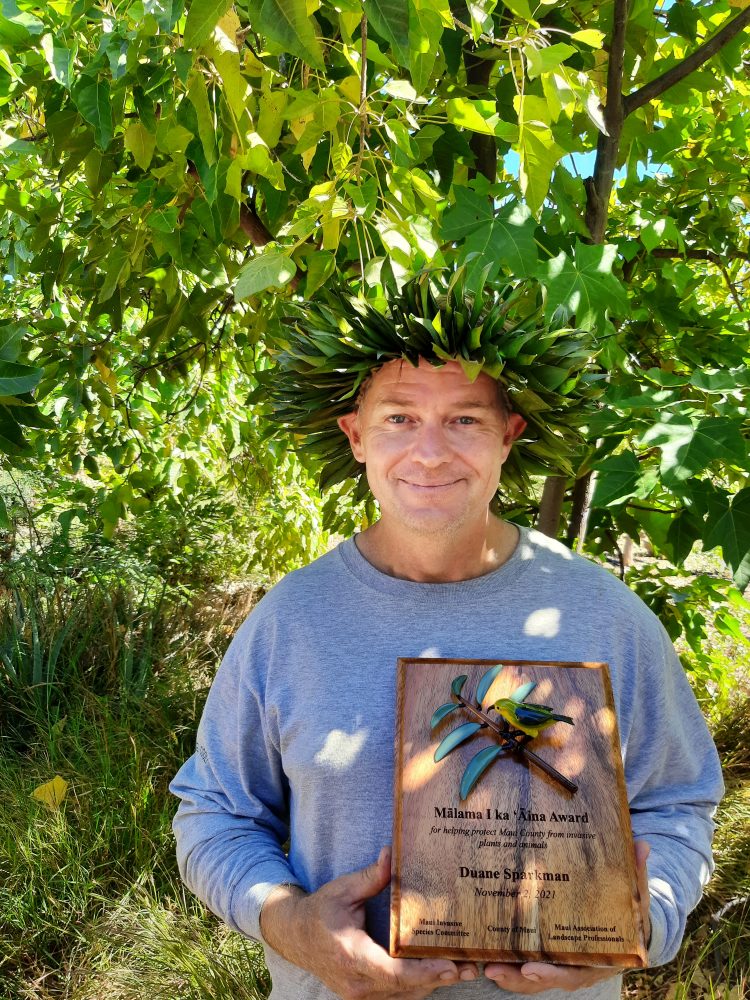In late August, the Maui Invasive Species Committee (MISC) received a report of stinging ants in Haʻikū, via the Statewide…
Read More
Press Release
Maui Invasive Species Committee Hosts Teacher Development Workshop Over Fall Break
The Maui Invasive Species Committee (MISC) is holding a teacher development workshop for K-12 teachers and environmental educators on October…
Read More
Click Here To Register For the PBS Virtual Screening And Panel!
Maui conservation efforts featured in new BBC Studios Series, The Green Planet In the summer of 2021, a BBC film…
Read More
MISC Hosts Hōʻike o Haleakalā Curriculum Teacher Workshop Over Spring Break
The Maui Invasive Species Committee (MISC) is holding a teacher development workshop for K-12 teachers and environmental educators on March…
Read More
Press Release- New Pest Alert: Highly invasive red-vented bulbul spotted on Maui
Kahului, Maui- Recent sightings of red-vented bulbuls (Pycnonotus cafer) on Maui have agriculture and wildlife officials concerned. Native to Pakistan…
Read More
Duane Sparkman Receives 2021 Mālama i ka ʻĀina Award
Duane Sparkman, Chief Engineer at the Westin Maui Resort and Spa, is the 2021 recipient of the Mālama i ka…
Read More






